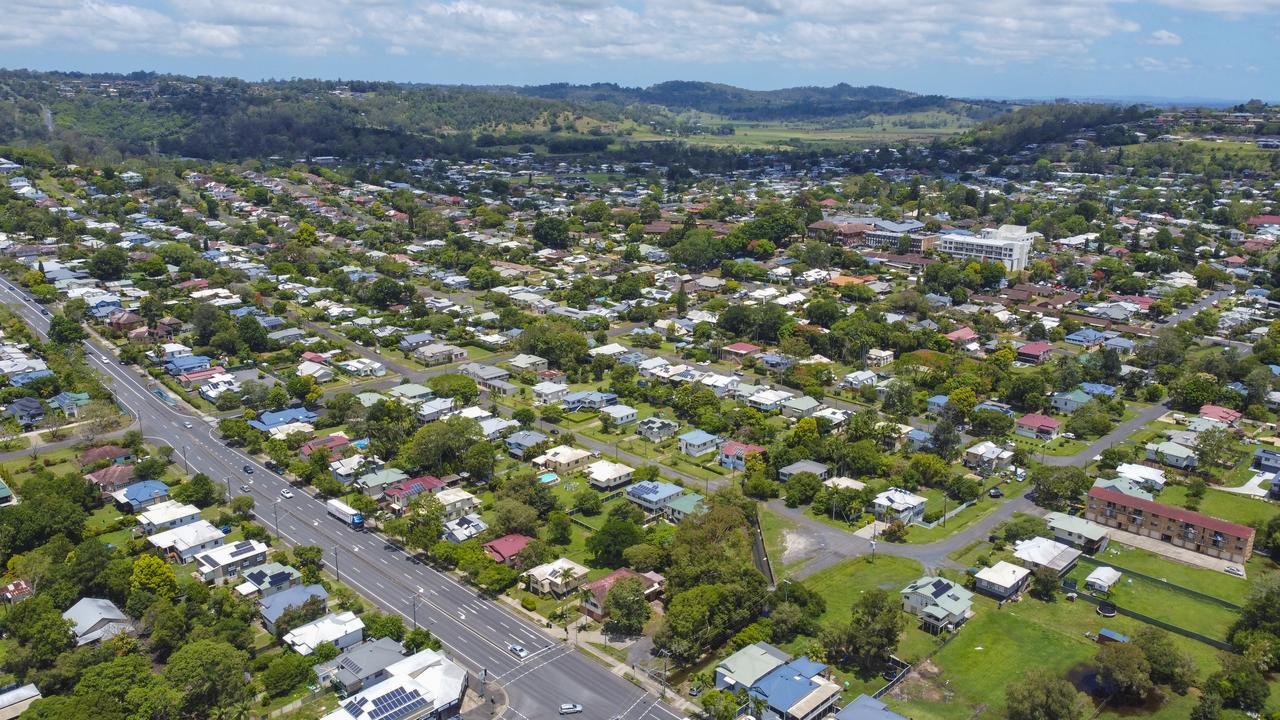Lismore community briefed on Resilient Homes flood program
Around 80 residents from Lismore and surrounds attended the first of many community sessions on the government’s $800 million Resilient Homes Program in Lismore. Hear what they thought.

The first of a series of community meetings on the recently announced $800 million Resilient Homes Program has had a mixed reaction at ‘flood central’ - Lismore.
Around 80 residents from the township and immediate surrounds crammed into a hall in the back of Regional NSW’s Lismore Office off Dalley Street on Friday, November 4, hungry for answers that directly affect their future in the area.
Northern Rivers Reconstruction Commission CEO David Witherdin tried to deliver an uninterrupted presentation on the program and how it will be rolled out.
He told the meeting it was a ‘sophisticated’ and ‘complicated’ process and that the agency wouldn’t be able to help everyone.
Tension in the room overflowed, with some residents frustrated at the lack of ‘transparent information’.
Questions were raised about the thousands of dollars they have spent to make their homes liveable only to learn that money may not be recouped through the program.

Mr Witherdin explained that four zones had been identified and within those areas, three possible options would be determined via an assessment and eligibility process.
Covering several local government areas, some 6000 Northern Rivers residents are eligible for the program.
Two thousand of those who are earmarked for voluntary buybacks reside in the ‘red zone’; areas determined to be at ‘highest risk’ or ‘catastrophic risk’ where flooding caused serious damage.
In less risky zones, the option is for home raising, while in the flood hit zone of least risk, retrofitting will be offered.
“We’ve got funding locked in to get the best outcome for people,” Mr Witherdin said.
But many expressed disappointment that they still had more questions than answers.
Resilient Homes $800 million Fund
The fund is made up of two programs: The Resilient Land Program, valued at $100 million, and the Resilient Homes Program ($700 million).
Homeowners who have not already registered with the Flood Property Assessment Program will need to do so before an application for the Resilient Homes Program.
Successful applicants will then be assigned individual case managers who will discuss particular circumstances with each eligible homeowner.
Marcus Bebb from South Lismore
Mr Bebb asked the meeting about those in the ‘red zone’ and what a buyback would offer those still with a mortgage.
Residents in the meeting shouted they didn’t want to be waiting years for answers and people in Lismore have been forced to sell their damaged homes because banks had foreclosed on their mortgages.
Sina Morse from North Lismore
North Lismore resident Sina Morse was concerned about the money she has already spent making her home liveable, though she stills lives in a caravan onsite with only two power-points.
Ms Morse wanted to know about relocations and what a buyback would do to help her with that.
Harper Dalton from South Lismore
South Lismore advocate for house relocation, Harper Dalton, asked about land among other things.
“House relocation is definitely an option,” Mr Witherdin said.
Issues surrounding lack of tradespeople, materials, and housing are all feeding into the circular economy movement.
Camila Peters-Quayle of South Lismore
South Lismore resident Camila Peters-Quayle said people need more transparency.
“We need to know the facts, the times, the dates, days,” she said.
“We need policy process, we need eligibility, we need payouts immediately or within the next month.
“They know who we are, they know where we live. They need to contact everybody by phone, and email – as an easy mail merge and mass send out – it’s not complicated.
“He said initially 2000 are critical and 6000 … but we know there has been 30,000 affected in the local area.”
Ms Peters-Quayle is concerned that the numbers don’t add up.
“If you have 1000 homes at $600,000 each that’s $600 million there,” she said.
“The other issue is that they are expecting people to pay half-and-half if the damage exceeds funding available, and people just can’t afford that.
“They’ve just paid out thousands to fix their own homes for somewhere to stay.”
She believes insurance companies should be held to account.
“They made billions in profits last year and will probably make that over the next three to five years so they should be making the insurance companies pay as well and not just the Australian taxpayer,” she said.
Mr Witherdin said that each dollar is an Australian tax dollar and must be accounted for. People with insurance can still apply for the program.




